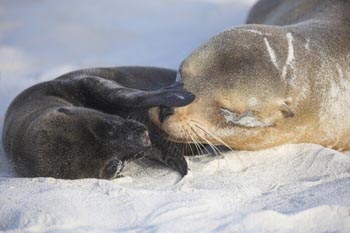
© www.pgoimages.com
Photographer: Per-Gunnar Ostby of
www.pgoimages.com
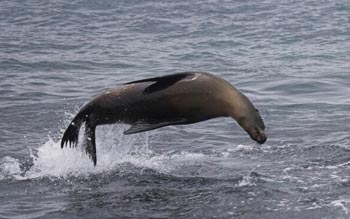
© www.pgoimages.com
Photographer: Per-Gunnar Ostby of
www.pgoimages.com
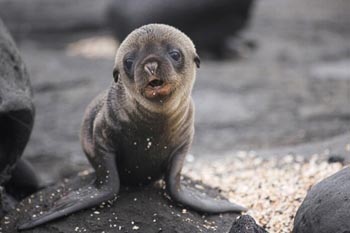
© www.pgoimages.com
Photographer: Per-Gunnar Ostby of
www.pgoimages.com
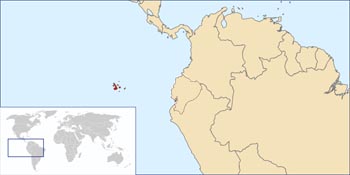
Galapagos Sea Lion Range Map
(Galapagos Islands)
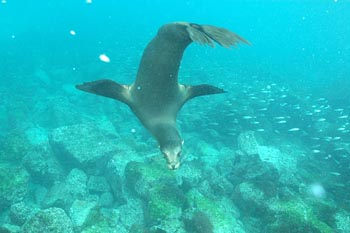
Photographer: Clark Anderson, Aquaimages

Photographer: Clark Anderson, Aquaimages
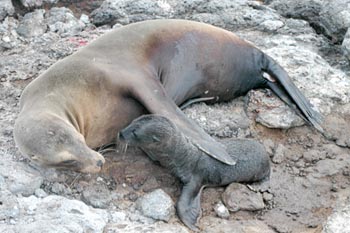
Photographer: Clark Anderson, Aquaimages